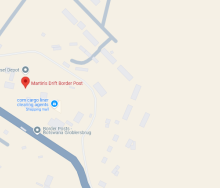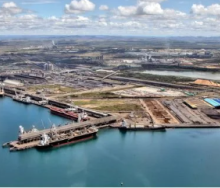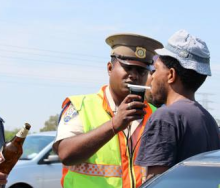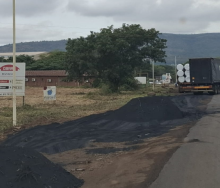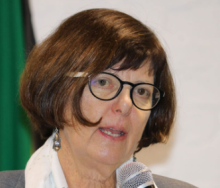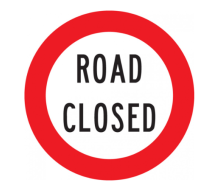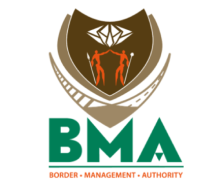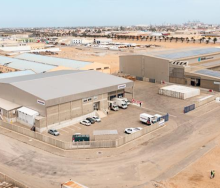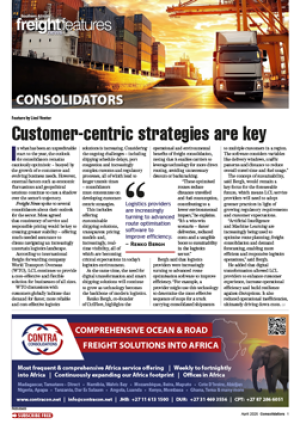A sub-Saharan corridor crossing that hardly ever features on the congestion radar is fast becoming one of the most snarled-up transits serving Copperbelt mining activities in Zambia and the Democratic Republic of the Congo.
Zambia’s Nakonde Border Post, which last year embarked on a UK-funded facilities upgrade valued at £7.1 million, is fast becoming critically congested, a corridor expert has told Freight News.
The source, who requested anonymity, said a decision by Zambia Revenue Authority (ZRA) was causing a massive build-up of trucks heading west on the Dar es Salaam Corridor, which, up until recently, was one of the most efficient port-to-pit access routes serving the Copperbelt.
“It’s becoming worse by the day,” he said.
The trip from the port to the Tunduma Border Post on Tanzania’s side of the crossing was just over 900 kilometres and used to take about a day to complete, the source said.
“Now it’s taking about three days, give or take. A client who recently drove to Tunduma said you can’t overtake because there’s a convoy of trucks in front of you.”
Footage shared with Freight News shows a transporter making his way through the Katonga region near the port, driving eight kilometres an hour behind a line of trucks snaking over hills and with most of the route still ahead of them.
“It’s really bad. And we’re talking about a one-stop border post (OSBP),” the source said.
It is understood that the primary cause for slow movement at the border is in Nakonde where ZRA has instituted cargo scanning of all containers, despite not having the necessary means to deploy rigid cargo protocols without affecting seamless flow, as befitting modern OSBPs.
“They have an old gantry scanner which is around 15 years old. It takes an hour to warm up once switched on and it scans two trucks an hour.”
The source added that, to make matters worse, scanner personnel at Nakonde arrived for duty at 7am, went on lunch at 1pm, and finished for the day at 5pm.
“Effectively, the scanner works from 8am till lunch, and when they reboot it once they’re back from lunch, containers are only scanned from 3pm till they go home.”
The source said it had caused a serious build-up of trucks in Tunduma, where informal truck parks had mushroomed.
He explained that about half of all freight that moved through this border on the corridor was containerised, while the rest was fuel (+/-40%) and breakbulk – both freight categories that weren’t scanned at the border.
“They’ve upgraded the border without creating more parking for trucks,” the source said.
“In Tunduma alone, there’s somewhere in the region of 1 000 trucks waiting to cross into Zambia, many of which are carrying flammable cargo and parking in areas where there are no facilities for the drivers. It’s not a safe situation, especially for tankers.”
Last June, TradeMark Africa (TMA), the Zambian government’s private-sector partner involved with upgrades at Nakonde, said: “The border post will undergo numerous improvements, including upgrading roads within the OSBP and truck parking yard, constructing additional office buildings and warehouses, and installing a modern X-ray cargo scanner. The project also includes digitising clearance processes and installing smart gates to reduce truck dwell times from 64 hours to less than 10 hours (an 84% reduction). The two-and-a-half days it currently takes to clear cargo trucks leads to significant delays and losses for businesses.”
TMA director, Jovin Mwemezi, said the upgrades were meant to “facilitate seamless trade” and boost “intra-regional commerce”.

